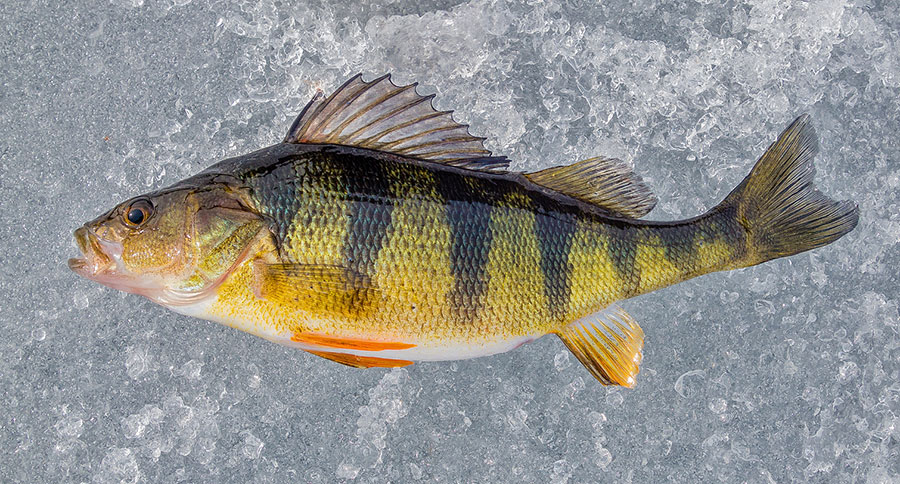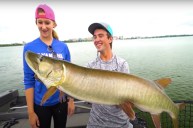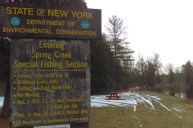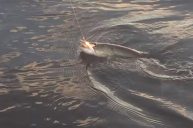The yellow perch is one of our favorite bucket-filling fish. Here's what they are and where to find them.
Lacking the popularity of a largemouth bass, the size of a catfish, and the ferociousness of a pike or muskie, the humble yellow perch still holds a high spot on America's list of favorite fish to catch.
The yellow perch, also known by its scientific name, Perca flavescens. Anglers in many parts of the country adore these spiny-finned freshwater fishes for a few good reasons. They can productively be caught all summer and keep biting even when it's time to go ice fishing.
This fish species not only feeds many hungry fishermen, but supplies food stuff to some of the aforementioned and beloved game fish such as the northern pike, muskellunge, and even the largemouth bass. They can be found in both shallow water and deeper water in large schools and caught with jigs, live minnows, and of course nightcrawlers.
Perch are considered such good table fare that they are commercially harvested for restaurants eager to serve them up as the main course.
Distribution
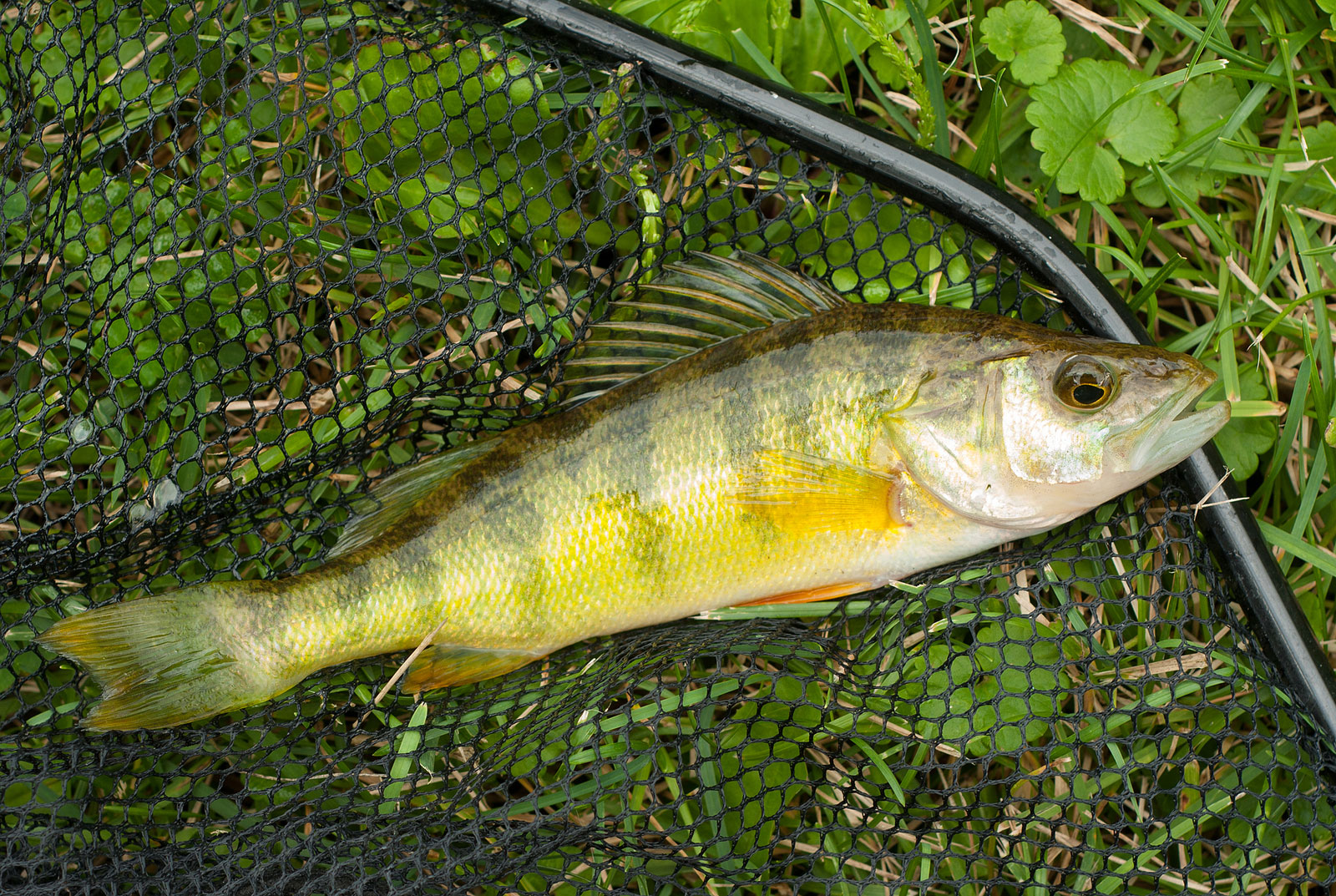
Even though their range stretches as far south as South Carolina, and west to Kansas and Tennessee, they are mostly known as a naturally occurring species of the colder, more northern United States and Canadian Provinces. They are so sought after as a natural resource that entire aisles in fishing tackle shops are dedicated to perch fishing.
Yellow perch inhabit both large and small lakes, but also slow-moving rivers and streams, sometimes brackish waters, and definitely ponds. They are most commonly found in larger northern lakes and especially the backwaters of the St. Lawrence River.
Reproduction
According to The Fish Site, "Yellow perch are spring spawners that mature during late fall or winter and lay their egg masses when day length increases and temperature rises. Spawning usually peaks at about 10 °C (50 °F). Most spawning occurs in March and April, although it may peak as early as December or January in some southeastern states."
The gelatinous strands, or ribbons, of eggs settle to the bottom of the lake or river, attaching itself to vegetation or other debris while the eggs develop, then the eggs hatch in about three weeks. While young perch feed on zooplankton, insect larvae, and other creatures, they can turn cannibalistic when food is in short supply. As anyone who has spent a lifetime catching them will tell you, it's not unusual to reel one in with a fellow perch in its mouth.
Identification
The yellow perch is commonly referred to simply as a perch. In some areas they are called common names such as striped perch, preacher, American perch, and even raccoon perch. They are a golden yellow color with dark vertical bars on their sides. Perch have two spiny dorsal fins (that can and will stick you if you're not careful handling them) and a lower anal fin.
One thing that most fishermen will tell you is that when handled, they will flair their gills outwards which in turn exposes a sharp point at the back end that will also stick you if you're not careful.
The perch family found in the U.S. and right up to Nova Scotia, Canada aren't the same as the European perch, the Perca fluviatilis, commonly known as the redfin perch. Those can grow to enormous sizes, but the yellow perch averages about 7.5 inches, with the largest ever reaching 19.7 inches.
Fishing for Yellow Perch
Perch fishing methods vary between dropshot rigs, jigging with soft plastics, spinning rigs with small lures, and even small- to medium-sized crankbaits. Live bait might just be the best overall method of catching these fish. Anglers can use worms, crayfish, leaches, slugs, crickets, and grasshoppers, but the best bait for big perch is definitely live minnows.
Many times the biggest fish are caught in the spring during or just after the spawn, but perch are an enthusiastic biter and can be targeted at all times, even through the ice. Common areas to find perch vary in the water column from right on the bottom to more suspended in the summer months.
It's certainly not the same everywhere, but in New York the statewide angling regulations allow fishermen to take any size perch at a limit of 50 per day, all year long. Check your local Department of Natural Resources or wildlife agency for more information.
Eating Perch
As with any great eating fish, you'll discover a long list of recipes for yellow perch. Honestly, the most revered of these is to simply choose the breading of your choice and fry them in oil (or, for an even better experience, bacon grease). My family always liked to dredge the fillets in a favorite dry pancake mix. Trust me, if you haven't tried it you should.
Filleting perch is as old of a technique as any: start at the gills and drive the fillet knife down until you're just touching the spine, then ease the knife back towards the tail by following the feel of the backbone against the blade. Flip over the fillet and then dig the knife into the flesh along the skin. Then, use the knife to remove the rib cage.
Since we are usually talking about a bucketful of fish, take your time or even tag team them with a friend to ensure that nothing is wasted.
Looking for a little more or even hot lunch for your hunting blind? Follow my webpage, or on Facebook and Twitter.
NEXT: 5 EAST COAST FISHING SPOTS THAT ARE CAN'T-MISS
WATCH
